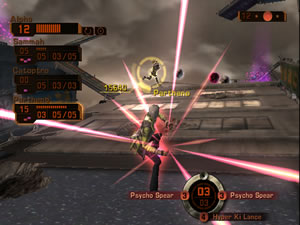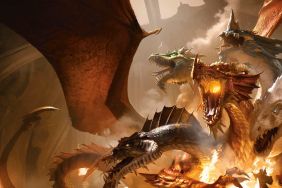From dust to must.
I find collectible card games downright frightening. I collected baseball cards as a wee nerdling, and although my collection was largely composed of the Detroit Tigers mid-relief pitching staff, I never lost a single game with them…for the simple reason that there were no “games” to play.
Some time after this, and after I grew out of…
-
Unique battle scheme
-
Interactive environments
-
Complete online/offline package
-
Cheaper than a tank of gas
-
Rift between action and plot
-
Significant load times
-
Only seven environments










